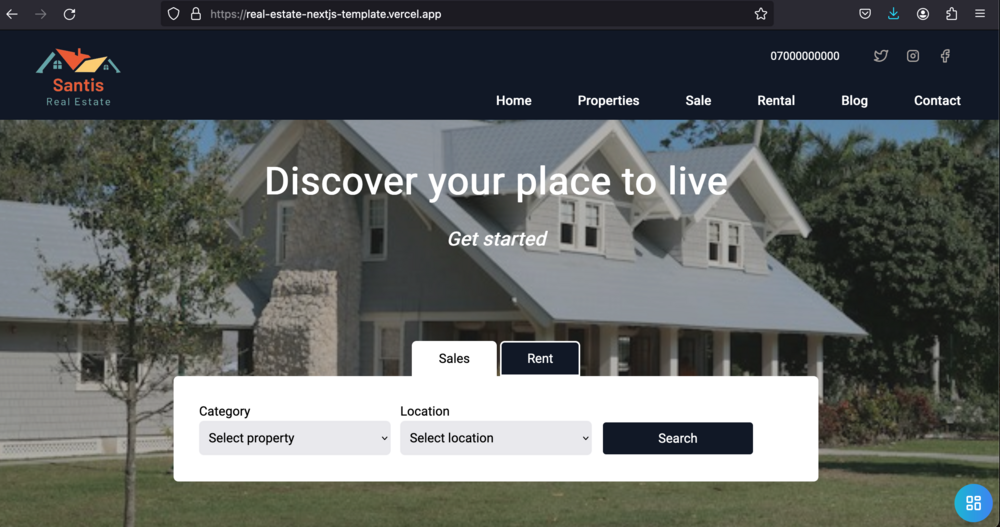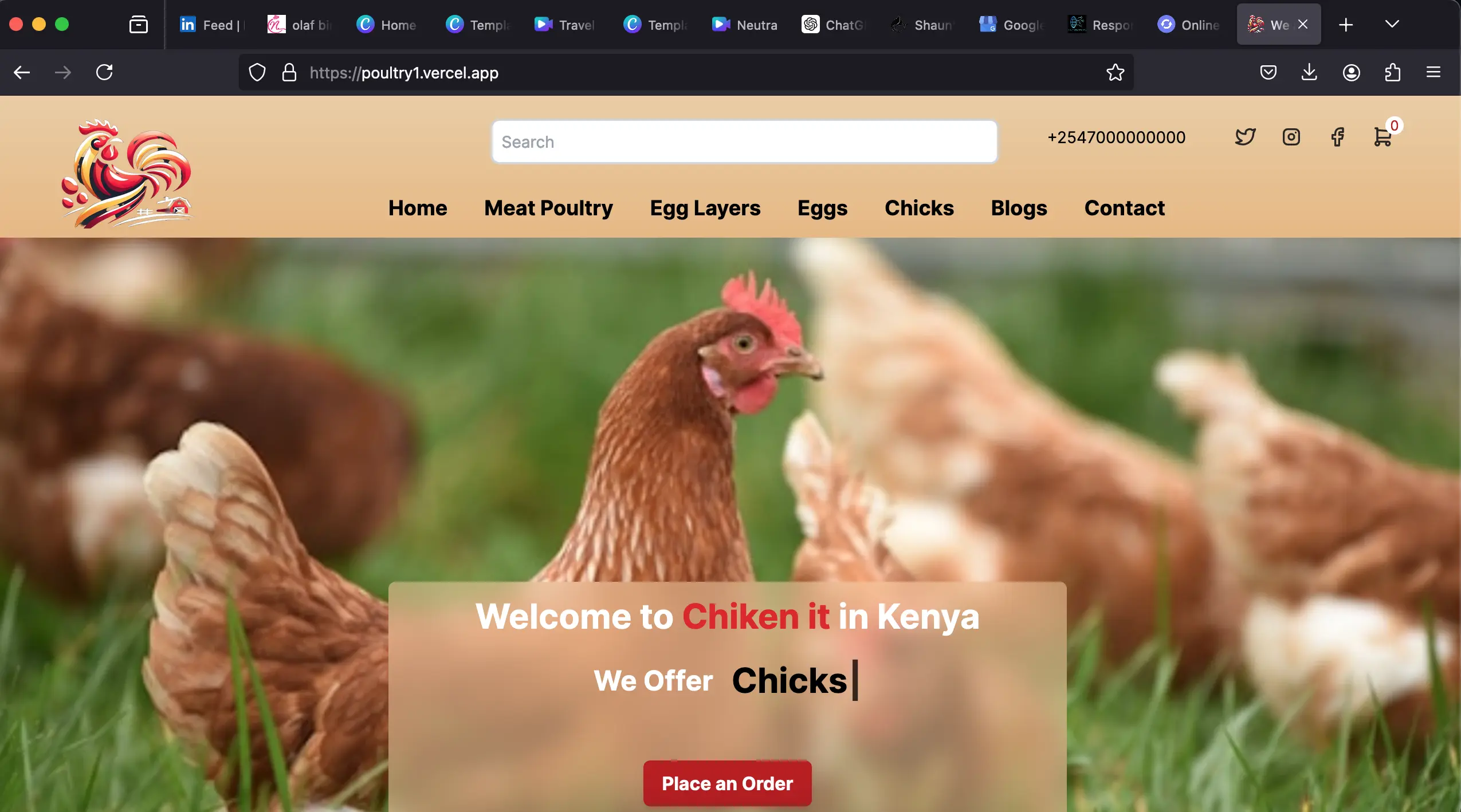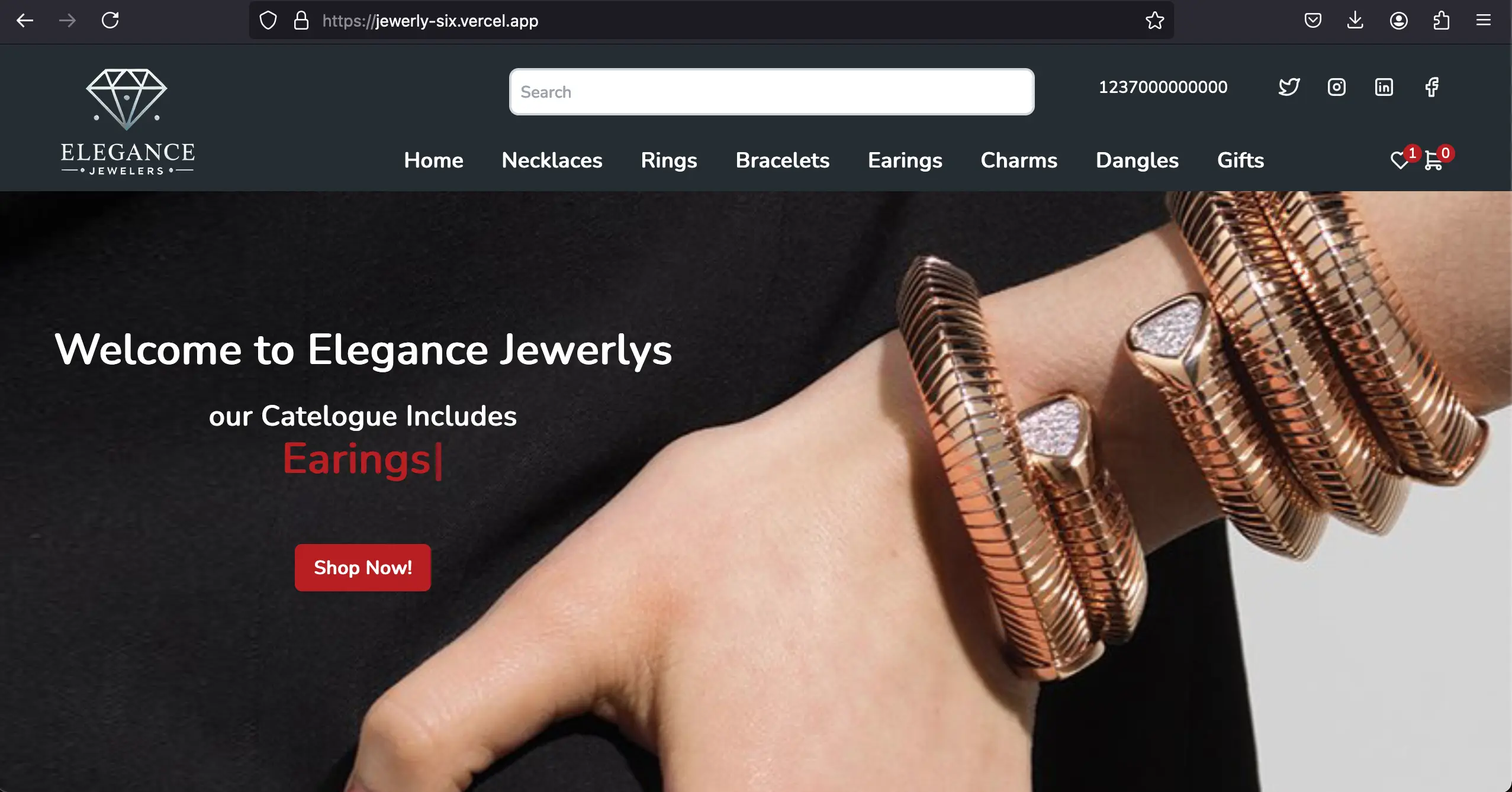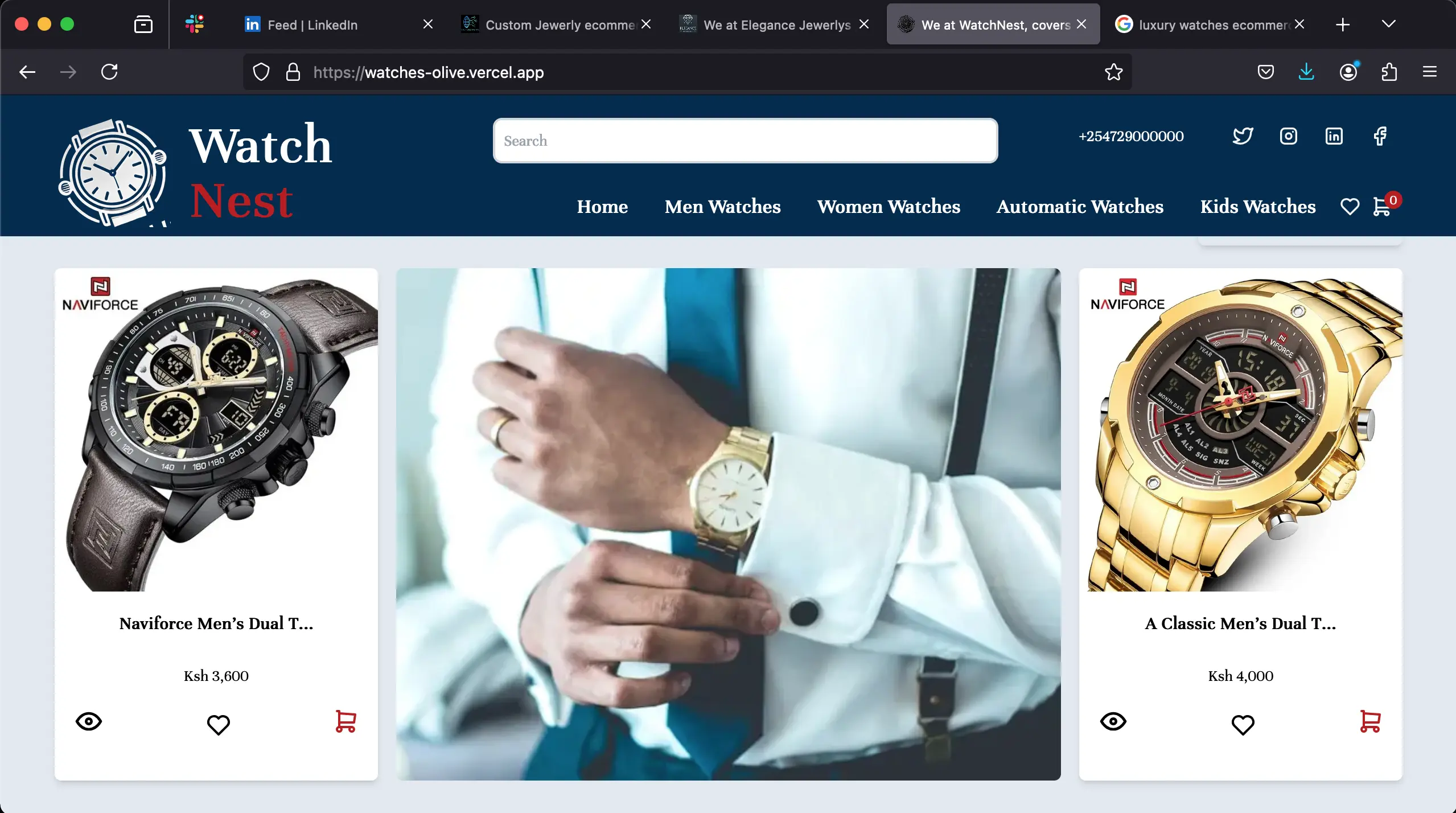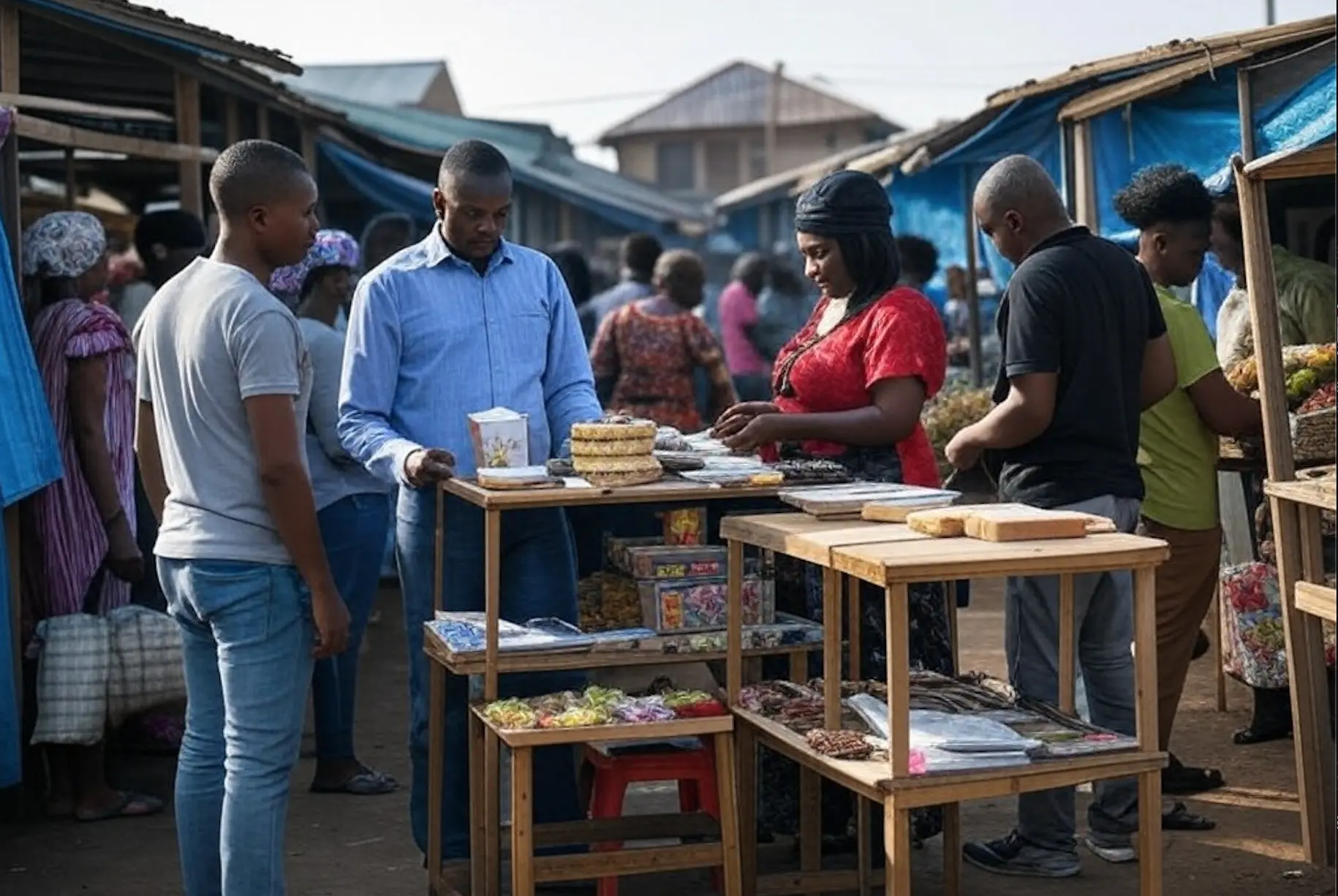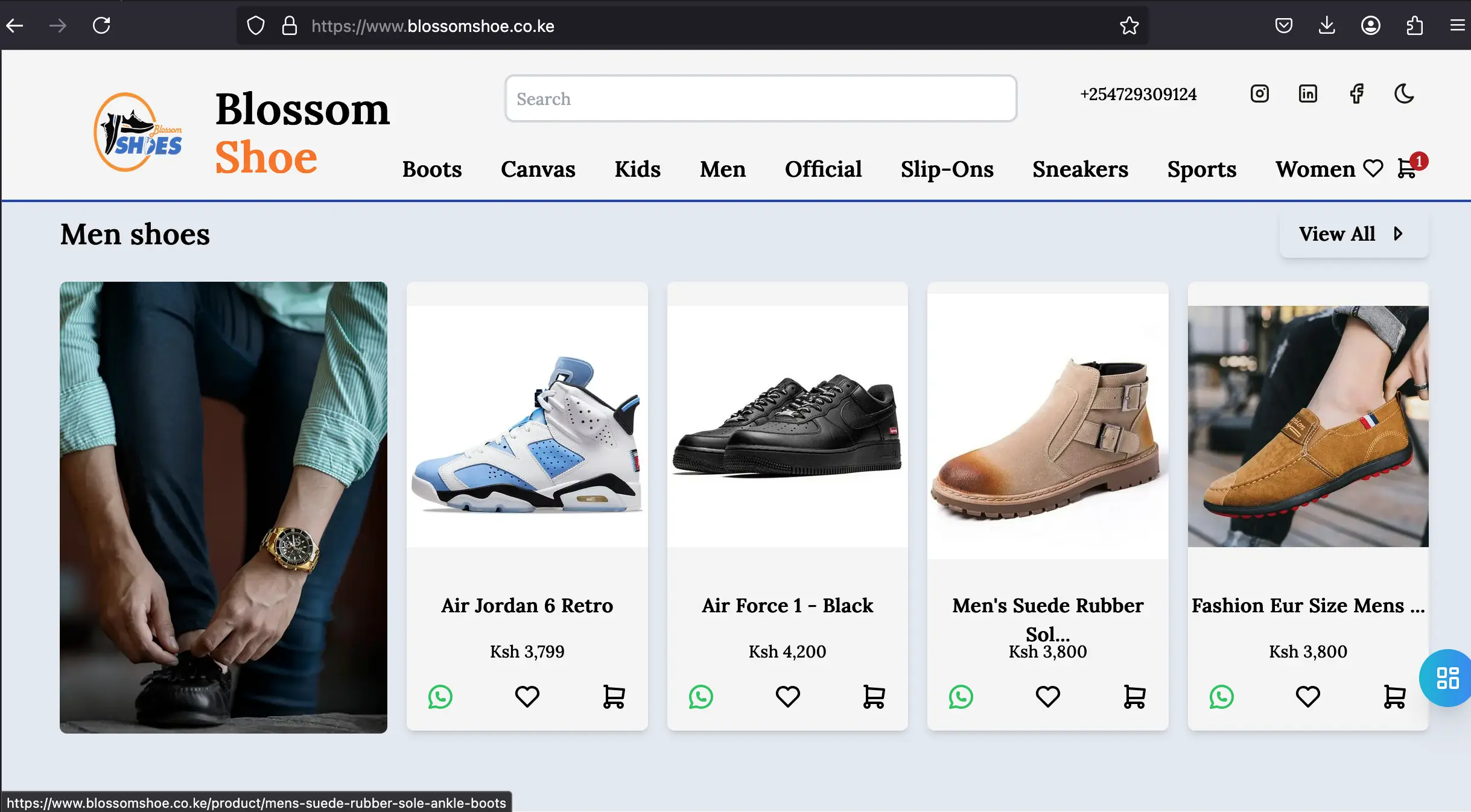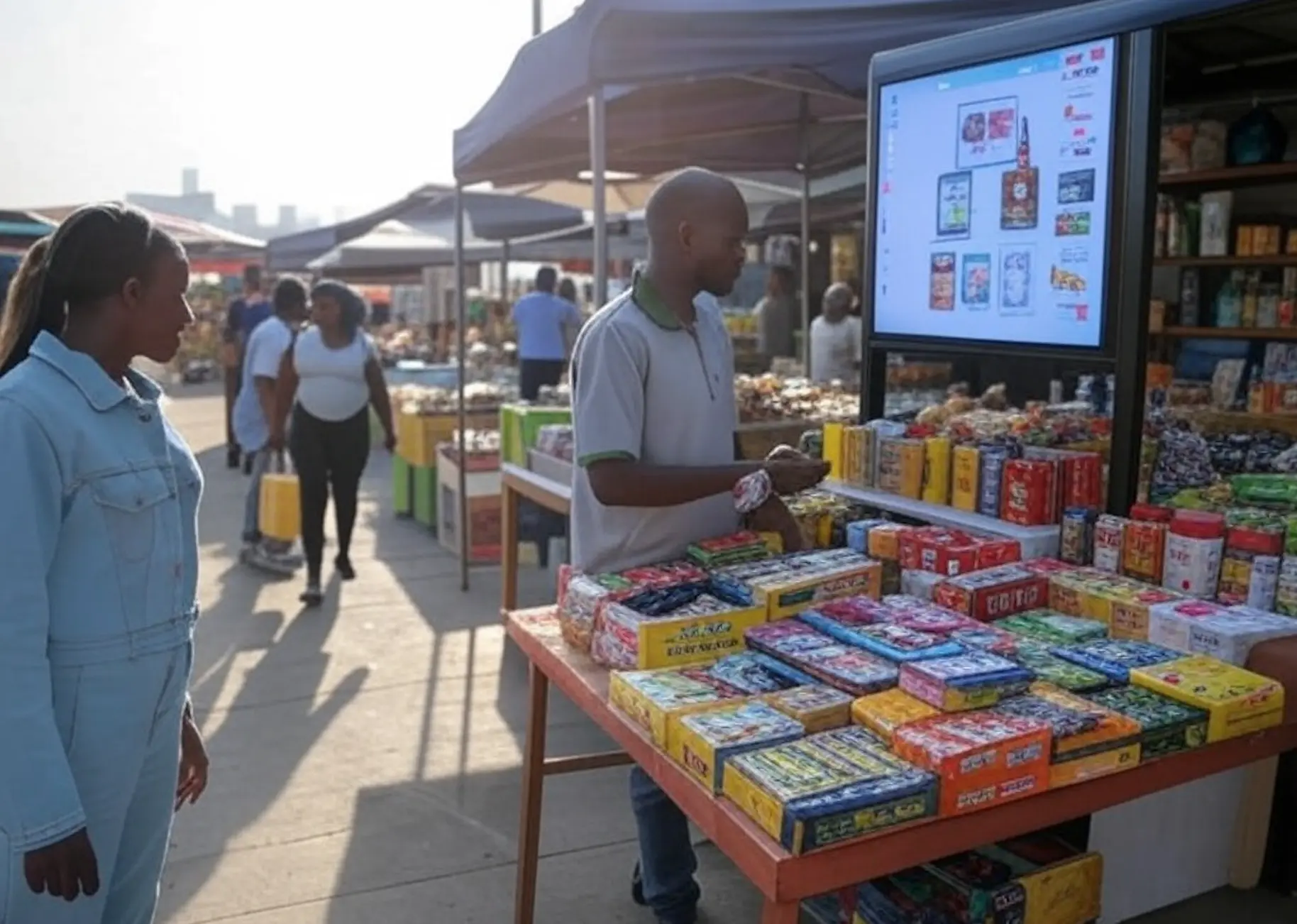
How to Compete with Kenya’s eCommerce Giants: Niche Targeting, User-Friendly Design, and Localized Logistics
Kenya’s eCommerce sector is booming, with platforms like Jumia and Kilimall dominating the market. These giants boast vast product ranges, aggressive marketing, and nationwide reach, making it challenging for smaller players to compete.
However, their size can also be a weakness. By leveraging niche targeting, intuitive design, and hyper-local logistics, emerging businesses can carve out a sustainable market share.
Here’s how.
1. Niche Targeting: Dominate Underserved Markets
Identify Gaps in the Market
Jumia and Kilimall cater to mass audiences, leaving gaps in specialized segments. Conduct thorough market research to identify underserved niches. For example:
- Premium organic products for health-conscious urbanites.
- Afro-centric beauty supplies tailored to natural hair care.
- Eco-friendly gadgets targeting environmentally aware millennials.
Platforms like Kasha (focused on women’s health) and Tushop (community group buying) succeeded by addressing specific needs overlooked by larger competitors.
Leverage Cultural Insights
Localize your offerings to reflect Kenya’s diverse cultures. For instance:
- Sell Maasai-inspired jewelry or kitenge fabric apparel online.
- Offer agricultural tools tailored to smallholder farmers in regions like Rift Valley.
Cultural relevance builds emotional connections, fostering customer loyalty.
Build Community Trust
Engage niche audiences through social media and localized content. Partner with micro-influencers or community leaders to amplify credibility. For example, a platform selling solar products could collaborate with rural energy cooperatives to demonstrate reliability.
2. User-Friendly Design: Prioritize Mobile-First Simplicity
Optimize for Mobile Commerce
Over 80% of Kenya’s internet users access the web via smartphones. Ensure your platform is mobile-responsive with:
- Fast loading speeds (under 3 seconds).
- Simplified navigation (e.g., one-click checkout).
- Integration with popular payment methods like M-Pesa.
Kilimall’s success partly stems from its streamlined app, which reduces friction for first-time buyers.
Local Language Support
While English is widely spoken, incorporating Swahili or regional dialects can enhance accessibility. A/B test interfaces in multiple languages to resonate with rural or older demographics.
Personalized User Experience
Use data analytics to offer tailored recommendations. For example:
- Suggest farming equipment to users in agricultural regions.
- Highlight back-to-school bundles during academic calendars.
Personalization drives repeat purchases and reduces bounce rates.
3. Localized Logistics: Solve the Last-Mile Puzzle
Partner with Regional Couriers
Large players like Jumia rely on national networks, which can be slow in remote areas. Collaborate with local logistics providers (e.g.boda boda) for faster, cost-effective deliveries. In counties like Kisumu or Eldoret, hyper-local riders often outperform centralized systems.
Offer Flexible Delivery Options
- Pickup Points: Partner with kiosks or shops in high-traffic areas
- Cash-on-Delivery: Despite digital growth, 60% of Kenyans still prefer COD(Cash-on-Delivery).
Transparent Tracking
Provide real-time SMS updates in local languages to keep customers informed. Platforms like Copia excel in rural logistics by using agents to manage last-mile delivery and customer queries.
Inventory Localization
Stock products strategically based on regional demand. For example:
- Store fishing gear near Lake Victoria communities.
- Keep solar lanterns in counties with irregular electricity access.
This reduces shipping costs and delivery times.
In conclusion
Competing with Kenya’s eCommerce giants isn’t about outspending them—it’s about outsmarting them. By dominating niche markets, optimizing for mobile-first users, and solving localized logistics challenges, smaller platforms can build loyal customer bases.
The key lies in agility, cultural nuance, and a relentless focus on user experience. Start small, iterate quickly, and let Kenya’s diversity be your advantage.
Our Templates
Our Trending blogs

Myrachanto
As a Full Stack Web Developer with 7+ years of experience, I specialize in Golang (5+ years) and modern frameworks like React.js, Next.js, and Qwik.js, paired with Tailwind CSS for sleek front-end design. My architectural foundation blends Domain-Driven Design (DDD) and Hexagonal Architecture, ensuring scalable, maintainable systems aligned with business objectives

